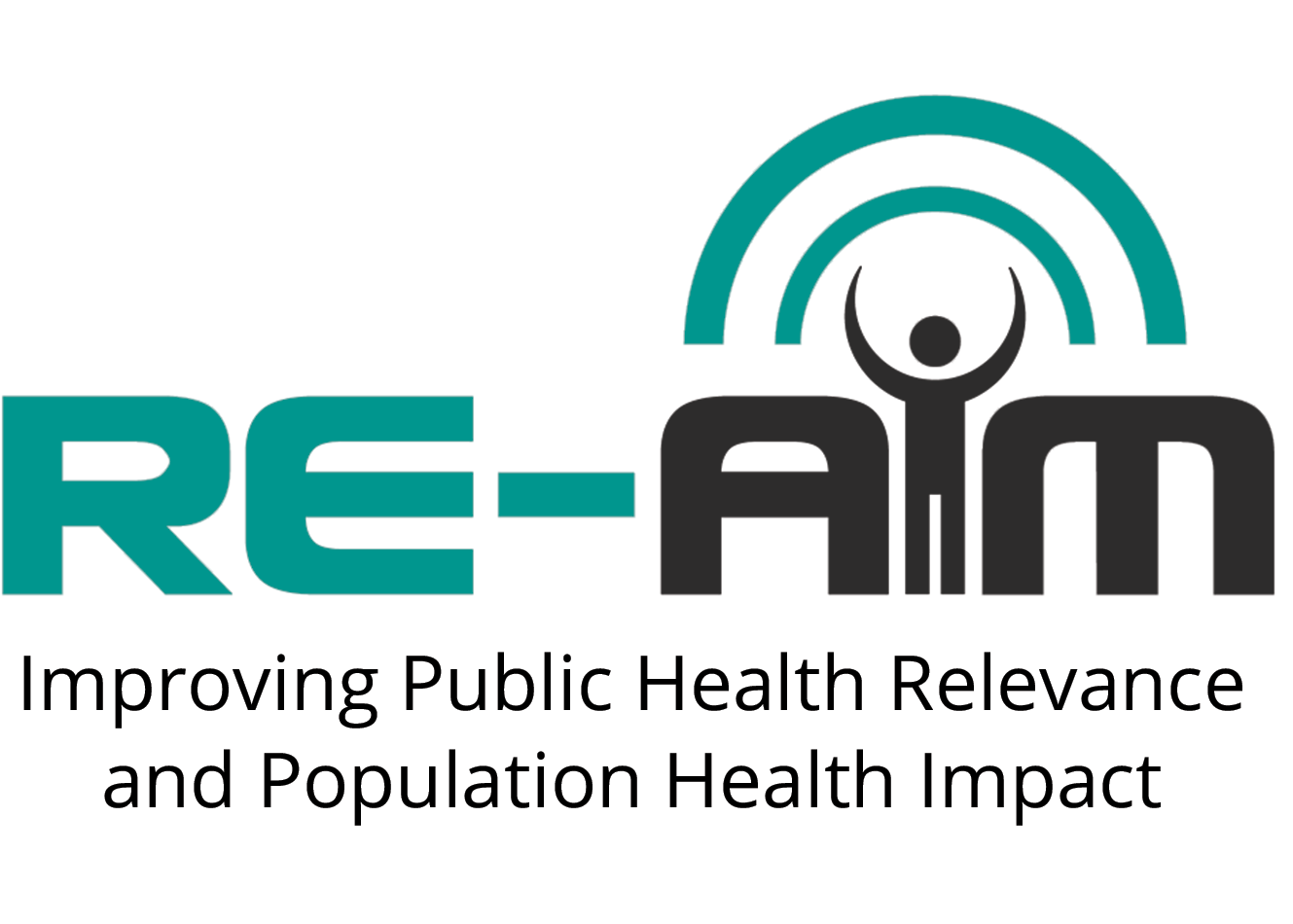PRISM Intervention Characteristics
PRISM is interested in perceptions of intervention characteristics at both the organizational level and beneficiary (e.g., patient or community member) level. They are based on a combination of Diffusions of Innovations, Chronic Care Model, RE-AIM, and Model for Improvement.
Organizational perspective:
It is important to consider the specific program or intervention elements from the perspective of the organization and staff to be targeted. We recommend you assess:
- the organizational readiness for the program
- the strength of the evidence-base for the clinical target area and proposed implementation strategy
- whether or not the program addresses the barriers of frontline staff,
the need for coordination across departments and specialties - the burden the program presents (complexity and cost),
- the program usability (ease of use and perceived usefulness) and adaptability to local settings,
- the ability to try the program (trialability) and reverse course (reversibility) if indicated, and the ability to see program results (observability).
The Patient/Community Perspective:
Key patient/community-member-related features of interventions that should be considered when attempting to successfully implement a program include:
- patient-centeredness,
- providing choices,
- Addressing barriers,
- striving for seamless transition between program elements
- addressing service and access
- minimizing patient burden (that is, the complexity and cost
required to respond), - developing collaboratively set goals and action plan,
providing patient feedback
Key Elements for the PRISM Intervention domain include:

